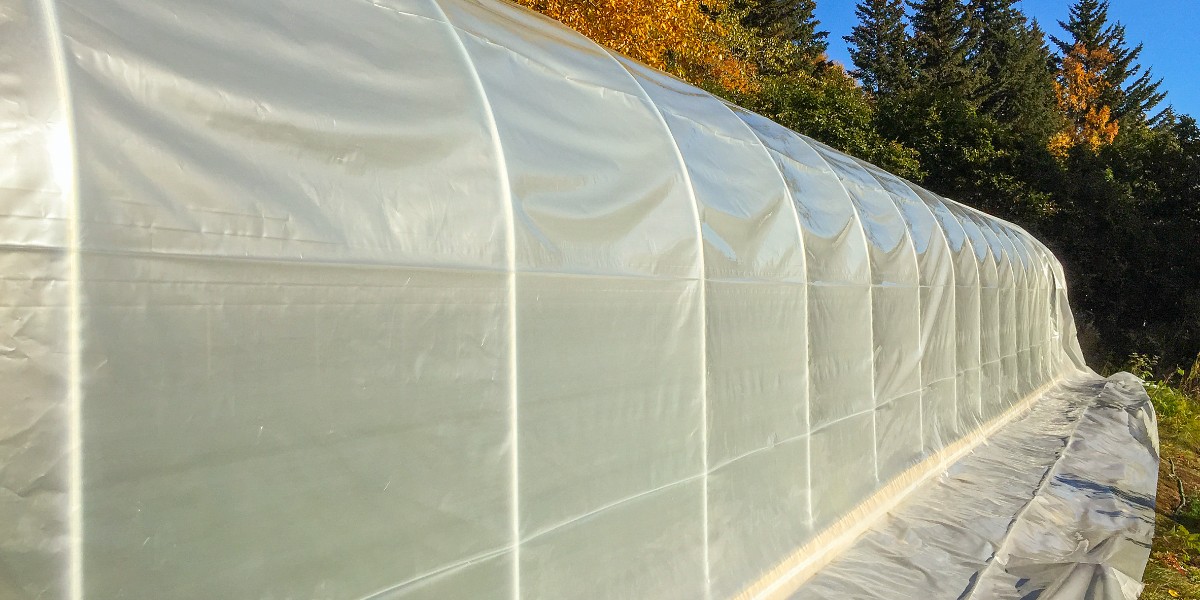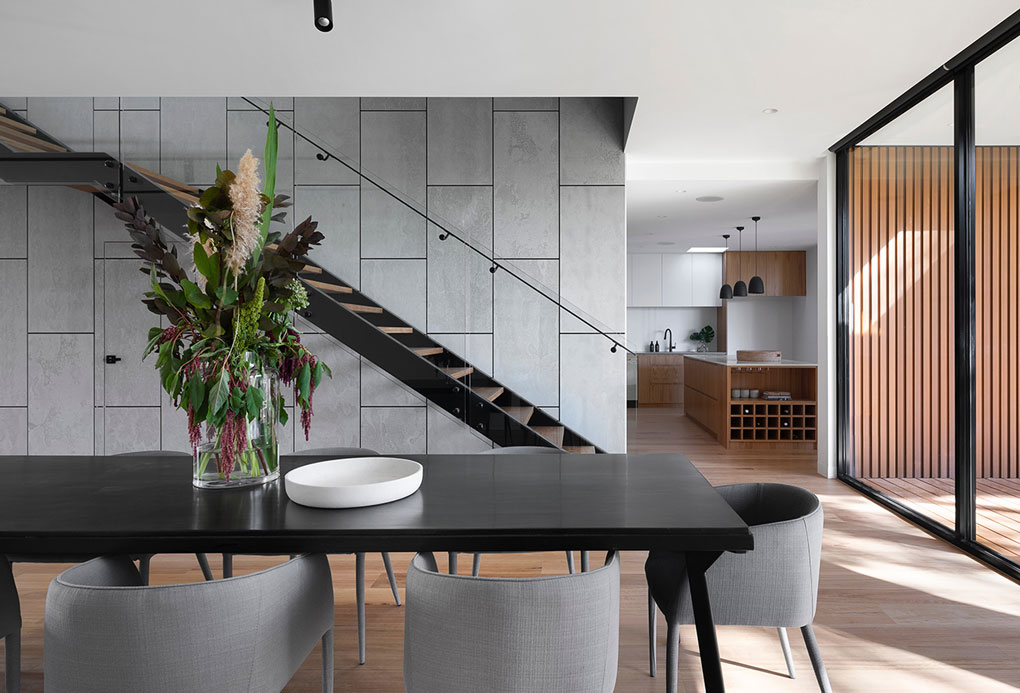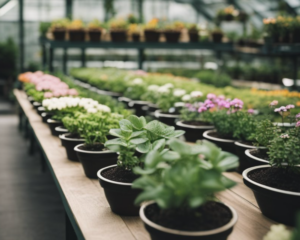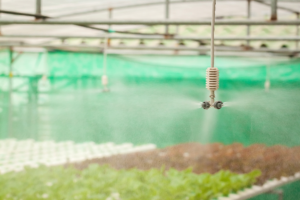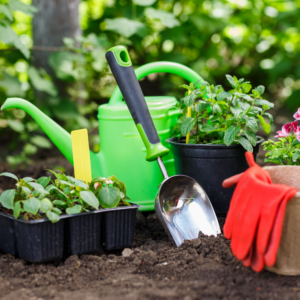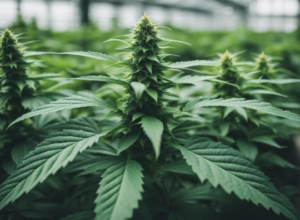Greenhouse Insulation
Hey there, green thumbs! Let’s talk about something super important if you want your greenhouse plants to truly thrive – insulation. Buckle up because were diving into the significance of greenhouse insulation, the variety of material to choose from, and practical recommendations for selecting, installing, and maintaining insulation. I know, it might not sound like the most exciting topic, but trust me, it’s going to make all the difference in creating that perfect, plant-friendly environment. So let’s dive in!
What is Greenhouse Insulation?
Importance of Greenhouse Insulation
Think of insulation like a cozy blanket for your greenhouse. Just like you’d snuggle up on a chilly night, your plants need that extra layer of protection to stay comfortable and happy. But insulation isn’t just about keeping things toasty – it also helps regulate temperature, humidity, and light levels. Basically, it’s the key to maintaining a stable, controlled climate that your plants will absolutely love.
Here’s the breakdown of why greenhouse insulation matters:
- Temperature Regulation: Proper insulation helps maintain optimal temperature levels and protect your plants from extreme heat or cold.
- Energy Efficiency: Effective insulation reduces the energy consumption required for heating, cooling, and ventilation. For me, anything that will lower costs while supporting environmental sustainability is a no-brainer.
- UV Protection: Insulation materials can provide protection against harmful UV rays. The goal? To safeguard plant health and prevent damage.
- Condensation Control: Insulation mitigates condensation issues. Why does that matter? Because it prevents excess moisture that can lead to disease and mold.
So far I hope you can see that investing in high-quality insulation materials and installation will pretty much ensure that the greenhouse maintains a stable climate. And we need that to create an optimal environment for plant growth.
Types of Greenhouse Insulation Materials
Now, let’s dive into the different types of insulation materials out there. Each one has its own unique superpowers, so you’ll want to choose the right one for your specific greenhouse and climate. For example, if you’re in a really cold region, you might want to consider going for a double-layered or inflated insulation to really crank up that thermal protection. Okay, let’s break down these different insulation materials:
- Polyethylene film: This is one of the most popular and cost-effective greenhouse insulation materials. It provides excellent light transmission and can be used to cover the entire greenhouse structure.
- Polycarbonate panels: These panels are durable, lightweight, and offer superior insulation properties. They’re also resistant to impact, making them ideal for high-traffic areas of your greenhouse.
- Fiberglass insulation: Fiberglass is known for its exceptional thermal performance and resistance to moisture. It comes in rolls and batts, and you can install it between those framing members like a pro.
- Polyurethane foam: This foam insulation is like a superhero when it comes to thermal resistance. You can spray or inject it right into the greenhouse structure, creating a seamless barrier against heat transfer.
- Rockwool: Also known as mineral wool, this stuff is fire-resistant and offers excellent thermal and acoustic insulation. It’s commonly used in hydroponic greenhouses because it’s a moisture-wicking champ.
How to Choose the Right Greenhouse Insulation
Considerations for Climate
Listen up, because choosing the right insulation for your climate is crucial. Different climates present their own unique challenges, so you’ll want to keep these factors in mind:
- Cold Climates: If you’re dealing with chilly temps, insulation is your best friend for retaining heat and keeping a stable temperature inside the greenhouse. Consider using double-layered or inflated insulation to really crank up that thermal protection.
- Hot Climates: In hot climates, insulation plays a vital role in preventing excessive heat buildup inside the greenhouse. Reflective materials and shading solutions can help reduce heat absorption and maintain a cooler environment for your plants.
- Humid Climates: Humidity can be a real buzzkill for insulation effectiveness. Choose insulation materials that are resistant to moisture and mold growth, and make sure you’ve got proper ventilation to control those humidity levels.
- Variable Climates: For regions with fluctuating climates, you’ll want insulation that can adapt to changing conditions. Look for versatile options that provide both thermal insulation and adequate ventilation to accommodate those climate mood swings.
Durability and Longevity
Here are the main things to remember:
- Choose materials that are resistant to weathering and degradation over time (like polycarbonate or acrylic).
- Consider the expected lifespan of the insulation materials in relation to the climate of your region (very important).
- Explore options for UV protection to prevent premature deterioration of the insulation.
Installation and Maintenance
When it comes to installing and maintaining your insulation materials, there are key factors to consider. Proper installation and regular maintenance are crucial for ensuring the effectiveness and longevity of the insulation. In other words, if you want to make sure the insulation for your greenhouse actually works, it’s going to need some TLC in the long run. Grab a pen and paper to take some notes because (even though it may not seem like it) the following key points can make or break your insulation efforts.
Here are some key points to remember during the installation process:
- Ensure that the insulation material is installed tightly and evenly to minimize gaps and maximize coverage.
- Use appropriate fasteners and sealing materials to secure the insulation in place and prevent air leakage.
- Consider consulting a professional installer to ensure the insulation is properly installed for maximum effectiveness.
Maintenance musts:
- Regularly inspect the insulation for signs of wear, damage, or deterioration.
- Address any tears, punctures, or gaps in the insulation promptly to prevent heat loss and maintain energy efficiency.
- Check for moisture accumulation within the insulation, as excess moisture can compromise its thermal resistance.
- Consider applying protective coatings or treatments to enhance the insulation’s durability and weather resistance.
By following these installation and maintenance guidelines, greenhouse owners can ensure that their insulation continues to provide optimal thermal performance and energy savings.
DIY Greenhouse Insulation Tips
Sealing Cracks and Gaps
Insulation isn’t just about the materials – it’s also about how you use them. Have you ever noticed those pesky cracks and gaps in your greenhouse? Those little openings can be absolute energy-sappers, letting all that precious heat escape. That’s why sealing them up with some high-quality caulk or weather-stripping is so important. Think of it as plugging up all the little holes in your greenhouse’s cozy blanket. Here are some key points to consider when sealing cracks and gaps:
- Identify all areas of potential air leakage, including around windows, doors, vents, and where different materials meet.
- Use high-quality caulk to seal small cracks and gaps. Silicone caulk is a good choice for sealing areas exposed to moisture.
- For larger gaps, consider using weather-stripping or foam insulation to create a tight seal.
- Regularly inspect and reseal any areas where the caulk or weather-stripping may have deteriorated over time.
Installing Thermal Curtains
Thermal curtains are like having an extra layer of insulation for your greenhouse. These handy little numbers trap heat inside and prevent heat loss during those chilly nights. They’re particularly beneficial for greenhouses in regions with fluctuating temperatures.
- Thermal Curtain Materials: Thermal curtains are usually made of specialized fabrics that have insulating properties. Some common materials include polyester, vinyl, and polyethylene.
- Installation Process: Installation involves securing them along the interior sides of the greenhouse using durable hooks or clips. Make sure they fit snugly to minimize air leakage.
- Adjustable Features: Many thermal curtains come with adjustable features like tie-backs, so you can control sunlight and ventilation.
Adding Insulation Layers
If you’re a true DIY warrior, adding insulation layers is a must for maximizing that thermal efficiency. Here are a few installation techniques:
- Consider materials like double-bubble insulation, polystyrene panels, or foam board insulation.
- Ensure a snug fit to minimize air gaps, and seal seams/edges with tape or sealant. Provide adequate support to prevent sagging.
- Place layers strategically – focus on north-facing walls/roofs, the base/foundation, doors, and vents to prevent heat loss.
- Think about how the layers complement other insulation methods like sealing cracks and installing thermal curtains.
Advanced Techniques for Greenhouse Insulation
Automated Climate Control Systems
Automated climate control systems are advanced technologies that are designed to regulate and maintain optimal environmental conditions within a controlled environment (like a greenhouse). These systems use a combination of sensors, actuators, and intelligent algorithms to monitor and adjust temperature, humidity, airflow, and light levels in real-time. It’s almost like having a smart home for your plants! When you automate the control of these parameters, you essentially create an ideal growing environment for your plants, thereby maximizing yield and quality. Here are just a few of the amazing things you’ll accomplish with these systems in place:
- Precisely monitor and adjust temperature to stay in the optimal range.
- Maintain correct humidity levels to prevent disease and promote healthy growth.
- Manage artificial lighting to supplement natural light.
- Optimize airflow to reduce mold risk and create even growing conditions.
- Make data-driven adjustments for improved efficiency and sustainability.
The benefits don’t stop there. You’ll also enjoy:
- Increased Crop Yield: By providing an optimal growing environment, these systems can boost crop yield and quality.
- Resource Efficiency: They reduce energy consumption, water usage, and overall operational costs through precise control and optimization.
- Enhanced Crop Protection: Consistent environmental conditions help protect plants from pests, diseases, and environmental stressors.
Innovative Insulation Technologies
When it comes to greenhouse insulation, there are a variety of cutting-edge technologies that are transforming the way we think about energy efficiency and climate control. Let’s take a look at a few:
- Aerogel Insulation: Aerogel ( also known as frozen smoke), is an extremely lightweight and porous material that is highly effective at insulating against heat transfer. It has the lowest thermal conductivity of any solid, making it an ideal choice for greenhouse insulation.
- Phase Change Materials: These materials have the ability to store and release thermal energy as they change from solid to liquid and vice versa. You can incorporate them into insulation systems to help regulate temperature and reduce energy consumption.
- Reflective Insulation: Reflective insulation is designed to reduce radiant heat transfer across open spaces, such as air ducts or within the walls of a greenhouse. This type of insulation is very effective at blocking heat transfer, another great choice to insulate your greenhouse.
Conclusion
So, there you have it, folks – the ins and outs of greenhouse insulation. It might not be the most glamorous topic, but trust me, it’s the secret sauce to creating that perfect greenhouse paradise. Just imagine the vibrant greenery you’ll be able to cultivate with the right insulation game plan. Well, you now have the knowledge you need to do exactly that. Enjoy!
FAQs
- Q: How often should I inspect and replace greenhouse insulation? A: It’s recommended to inspect your greenhouse insulation at least once a year, ideally before the start of the growing season. Look for signs of wear, tear, or deterioration, and replace any damaged sections to ensure optimal insulation performance.
- Q: Can I use recycled or repurposed materials for greenhouse insulation? A: Yes, there are several eco-friendly and cost-effective options for greenhouse insulation using recycled or repurposed materials. Examples include shredded denim, straw bales, recycled plastic bottles, and even recycled carpet underlay.
- Q: How can I insulate my greenhouse on a budget? A: If you’re working with a tight budget, consider using bubble wrap or reflective foil insulation, which are relatively inexpensive options. You can also insulate with materials like hay bales or sand-filled containers, which can be obtained at a low cost or even for free.
- Q: What are the benefits of using natural insulation materials in a greenhouse? A: Natural insulation materials like sheep’s wool, hemp, or cork offer several advantages, including excellent insulation properties, moisture regulation, and breathability. They are also environmentally friendly, renewable, and biodegradable.
- Q: How can I ensure proper ventilation while maintaining insulation in my greenhouse? A: To achieve proper ventilation while maintaining insulation, consider using movable insulation panels or curtains that can be opened or closed as needed. Additionally, install vents or fans to promote air circulation while minimizing heat loss or gain.
Greenhouse Insulation
Greenhouse Insulation

